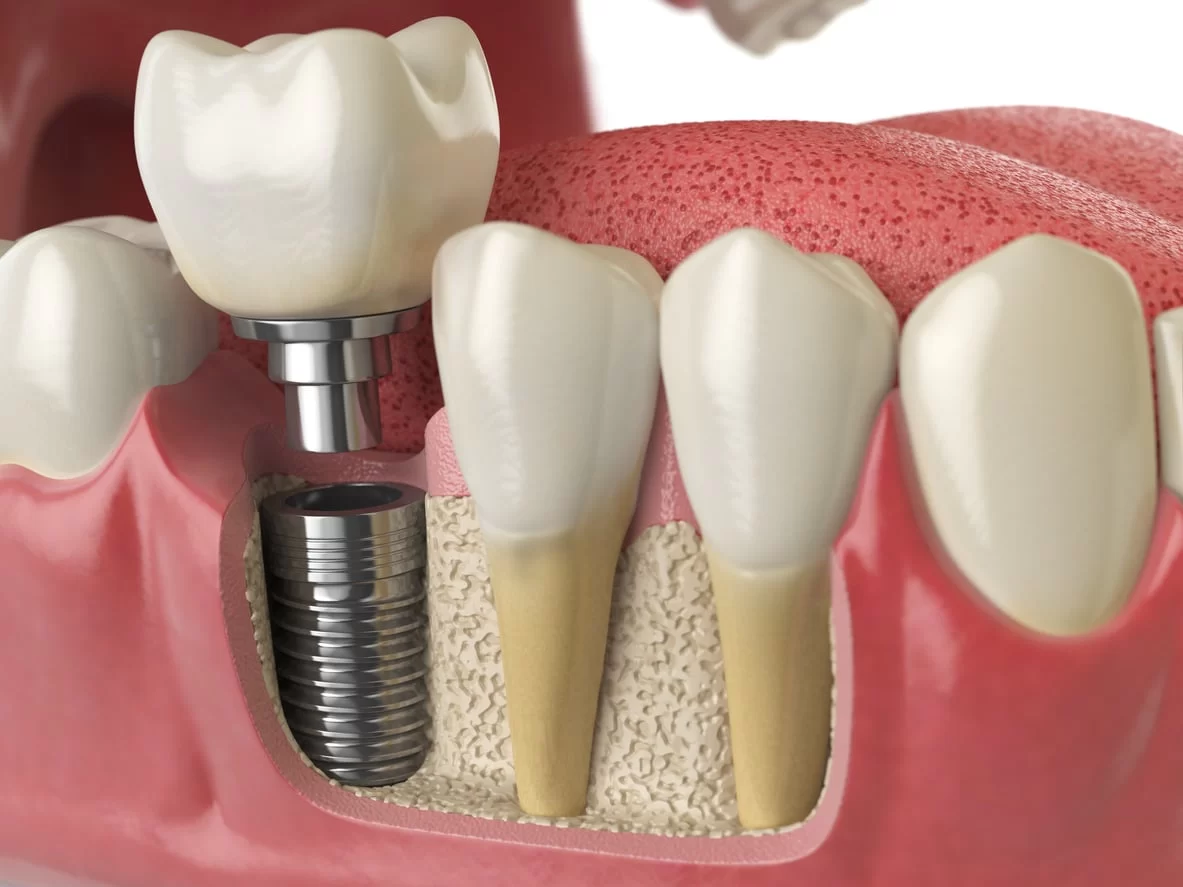
What to Expect from a Dental Implant Procedure: A Complete Guide
- 1. Overview of the Dental Implant Procedure
- 2. The Initial Consultation for Dental Implants
- 3. The Dental Implant Surgery: What Happens?
- 4. Recovery and Aftercare Following Dental Implants
- 5. Common Questions and Concerns About Dental Implants
- 6. Dental Implant Cost: Is it Worth the Investment?
1. Overview of the Dental Implant Procedure
If you’ve been considering dental implants to replace a missing tooth, you might be wondering exactly what to expect throughout the process. I went through a dental implant procedure myself a year ago, and I can confidently say that understanding the steps involved made the entire experience much smoother and less stressful.
A dental implant procedure is typically performed in stages, with each step playing a crucial role in ensuring a successful outcome. From the initial consultation to the final restoration of the implant, it’s important to understand each stage so you can properly prepare and manage your expectations. Let’s dive into the entire process.
2. The Initial Consultation for Dental Implants
The first step in getting dental implants is to schedule a consultation with your dentist or oral surgeon. During this appointment, you’ll discuss your overall health and any concerns you have about the procedure. For me, this was one of the most reassuring steps because my dentist walked me through the entire process, addressing all my questions about the procedure, healing, and expected results.
One key part of the consultation is an assessment of your jawbone. Since dental implants require a certain amount of healthy bone structure to support the implant, your dentist will take X-rays and possibly a CT scan to ensure that your jawbone is suitable for the procedure. In some cases, if there isn’t enough bone, a bone graft might be recommended to strengthen the area before the implant is placed.
It’s also during this consultation that you’ll discuss the cost of dental implants, any potential insurance coverage, and the estimated timeline for the entire process. Make sure to ask about any alternatives to implants if you're concerned about the procedure or cost.
3. The Dental Implant Surgery: What Happens?
Once you’re ready to move forward, the next step is the actual dental implant surgery. This is typically done under local anesthesia, though sedation options are available if you're particularly nervous. For me, I was awake during the procedure, but I felt no pain, just mild discomfort at times.
During the surgery, your oral surgeon will place a titanium post into the jawbone where the missing tooth once was. The post serves as a root for the artificial tooth. Over the next several months, the bone will fuse with the titanium post in a process called osseointegration, creating a strong foundation for the final restoration.
Depending on your specific situation, the procedure may take anywhere from 1 to 2 hours. Afterward, you’ll likely experience some swelling and discomfort, which can be managed with prescribed pain medication. I found that following the aftercare instructions closely helped minimize any pain or swelling.
4. Recovery and Aftercare Following Dental Implants
Recovery after a dental implant procedure is crucial for a successful outcome. In my experience, it wasn’t as daunting as I had imagined. Immediately after the procedure, you’ll be advised to rest and avoid strenuous activities for a few days. I followed these instructions and took the prescribed pain relievers to manage any discomfort.
The osseointegration process can take several months, but during this time, it’s important to follow your dentist’s recommendations for care. These may include avoiding chewing on the implant site, eating soft foods, and maintaining proper oral hygiene. I was also given instructions to rinse my mouth with saltwater to promote healing and reduce the risk of infection.
While the initial swelling and discomfort should subside within a week, your dentist will schedule follow-up visits to monitor the healing process. It’s important to attend these visits to ensure that everything is progressing as expected.
5. Common Questions and Concerns About Dental Implants
Throughout the process, I had a lot of questions, and I know many people do. Here are a few common concerns:
How long do dental implants last? In most cases, dental implants can last a lifetime with proper care. The crown placed on top of the implant may need to be replaced after 10-15 years, depending on wear and tear.
Is the dental implant procedure painful? While there may be some discomfort, the procedure itself is not typically painful due to anesthesia. Any discomfort post-surgery is usually manageable with medication.
What are the risks associated with dental implants? Like any surgery, dental implants come with risks, including infection, implant failure, or nerve damage. However, these risks are rare when performed by a skilled professional.
6. Dental Implant Cost: Is it Worth the Investment?
The cost of dental implants is a common concern for many patients. While they can be more expensive than other tooth replacement options like dentures or bridges, dental implants offer a long-term solution that looks, feels, and functions like a natural tooth. I found that investing in dental implants was well worth the cost because of their durability and the confidence they gave me in my smile.
Prices for dental implants vary depending on the complexity of the procedure, your location, and whether additional treatments (like bone grafting) are necessary. Most dental offices offer financing plans to help make the cost more manageable. Additionally, many insurance companies now cover a portion of the procedure, so it’s worth checking with your insurance provider.
If you’re interested in learning more about dental implants, I highly recommend visiting Dentistry Toothtruth, where you can find expert advice and the latest information on implant procedures, recovery tips, and cost-saving strategies. Investing in your smile can be a life-changing decision, and with proper care, your dental implants can provide lasting results.







 Smile Dental4.0 (495 review)
Smile Dental4.0 (495 review) Braces Braces4.0 (202 review)
Braces Braces4.0 (202 review) Niantic Dental Associates PC4.0 (10 review)
Niantic Dental Associates PC4.0 (10 review) MapleTree Pediatric Dentistry4.0 (102 review)
MapleTree Pediatric Dentistry4.0 (102 review) Brilliant Smiles Family Dental4.0 (65 review)
Brilliant Smiles Family Dental4.0 (65 review) Ascend Dental Design5.0 (362 review)
Ascend Dental Design5.0 (362 review) The Importance of Oral Health Education During Pregnancy for a Healthy Pregnancy
The Importance of Oral Health Education During Pregnancy for a Healthy Pregnancy Best Tips for Brushing Your Teeth Properly for Healthy Gums: Essential Techniques for Oral Health
Best Tips for Brushing Your Teeth Properly for Healthy Gums: Essential Techniques for Oral Health Why Skipping Dental Checkups Can Lead to Bigger Oral Health Problems
Why Skipping Dental Checkups Can Lead to Bigger Oral Health Problems Advantages of Porcelain Dental Restorations
Advantages of Porcelain Dental Restorations How Can Diabetes Cause Tooth and Gum Problems? Preventing and Managing Oral Health Issues
How Can Diabetes Cause Tooth and Gum Problems? Preventing and Managing Oral Health Issues Healthy Habits for Promoting Good Oral Health and Hygiene: Tips for a Healthy Smile
Healthy Habits for Promoting Good Oral Health and Hygiene: Tips for a Healthy Smile